Building a water tank trailer can be an enriching project that combines practicality with innovation. These trailers provide invaluable services, from agricultural irrigation to construction site needs and emergency water supply. In this guide, we will walk through the essential steps to construct a water tank trailer, explore necessary components, delve into design considerations, and examine maintenance practices required to keep your trailer in optimal working condition.
Understanding Your Needs
Identifying Purpose and Location
Before beginning construction, it’s crucial to assess the intended use. Depending on the application, whether for farm irrigation, fire safety, or transporting water to remote locations, the specifications will vary. Drafting a purpose-oriented plan guides crucial decisions, such as tank size, trailer dimensions, and pump capacity.

Knowledge of Local Regulations
Being informed of any local regulations pertaining to water transport is essential. Different states or municipalities may have specific guidelines regarding tank materials, weight restrictions, and even licensing requirements for hauling water.
Essential Components of a Water Tank Trailer
1. Trailer Frame
The backbone of your water tank trailer is its frame. It must be robust enough to withstand road conditions and the weight of the filled water tank.
| Frame Material Options | Advantages | Disadvantages |
|---|---|---|
| Steel | High durability, cost-effective | Prone to rust if untreated |
| Aluminum | Lightweight, corrosion-resistant | More expensive, can be fragile |
| Tandem Axles | Greater weight distribution | Increased maintenance complexity |

2. Water Tank
The selection of the water tank is paramount. Water tanks can be made from various materials including polyethylene, stainless steel, or fiberglass.
- Polyethylene Tanks: Lightweight, affordable, and resistant to rust, yet susceptible to UV damage.
- Stainless Steel Tanks: Durable and long-lasting but can be heavy and costly.
- Fiberglass Tanks: Corrosion-resistant and lightweight; however, repair can be challenging.
3. Pump System
A robust pump system is necessary to facilitate water transfer. Considerations for selecting a pump include:
- Flow Rate: How quickly you need to dispense or refill.
- Power Source: Electric vs. gasoline-powered pumps.
- Compatibility: Ensure the pump fits your tank’s openings.
4. Hoses and Fittings
Quality hoses and fittings are critical for seamless water transfer. The hoses must be rated for the intended pressure, and fittings should be durable to prevent leaks.

5. Braking System
Tailoring your braking system to comply with safety standards is essential. Depending on the weight of the fully-loaded trailer, a more advanced braking system may be necessary.
Step-by-Step Guide: Building Your Water Tank Trailer
Step 1: Planning and Designing
Begin with meticulous planning. Draft designs using CAD software or sketching on paper. Determine dimensions, placement of the tank, wheels, and other components.
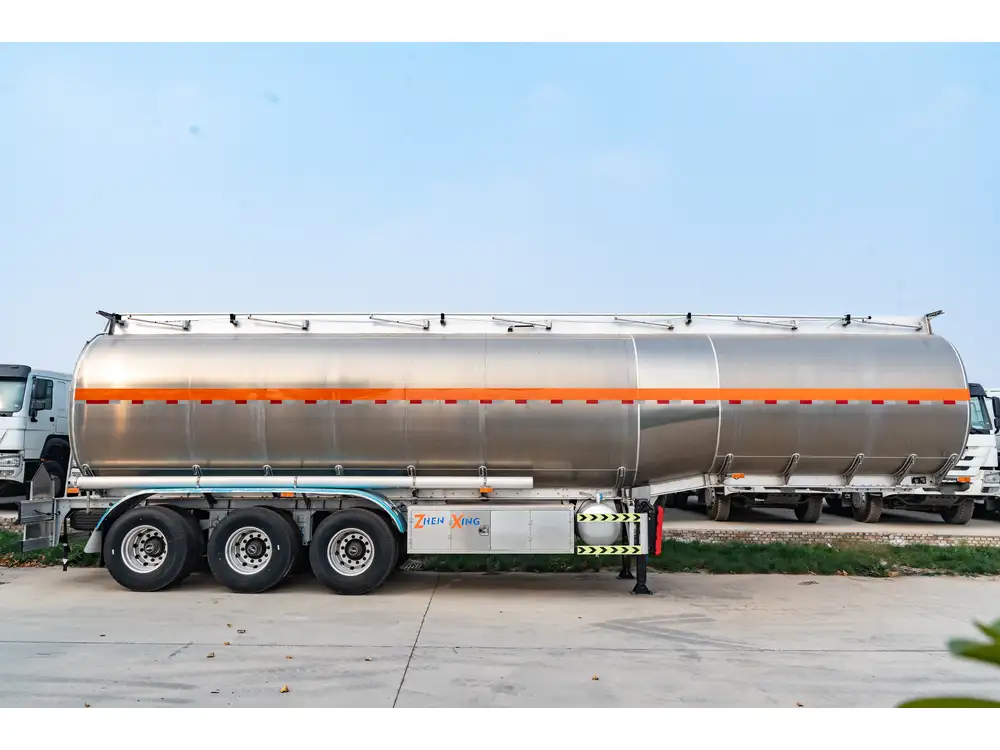
Step 2: Sourcing Materials
Identify suppliers for materials such as the trailer frame, water tank, pump, hoses, and any other necessary components.
Step 3: Fabricating the Frame
- Assemble the Frame: Use welding techniques or bolting as per your design.
- Install Axles: Ensure that axles are fitted correctly for optimum weight distribution.
Step 4: Fitting the Water Tank
- Based on your design, securely mount the water tank onto the trailer frame.
- Utilize brackets and bolts to prevent movement during transit.
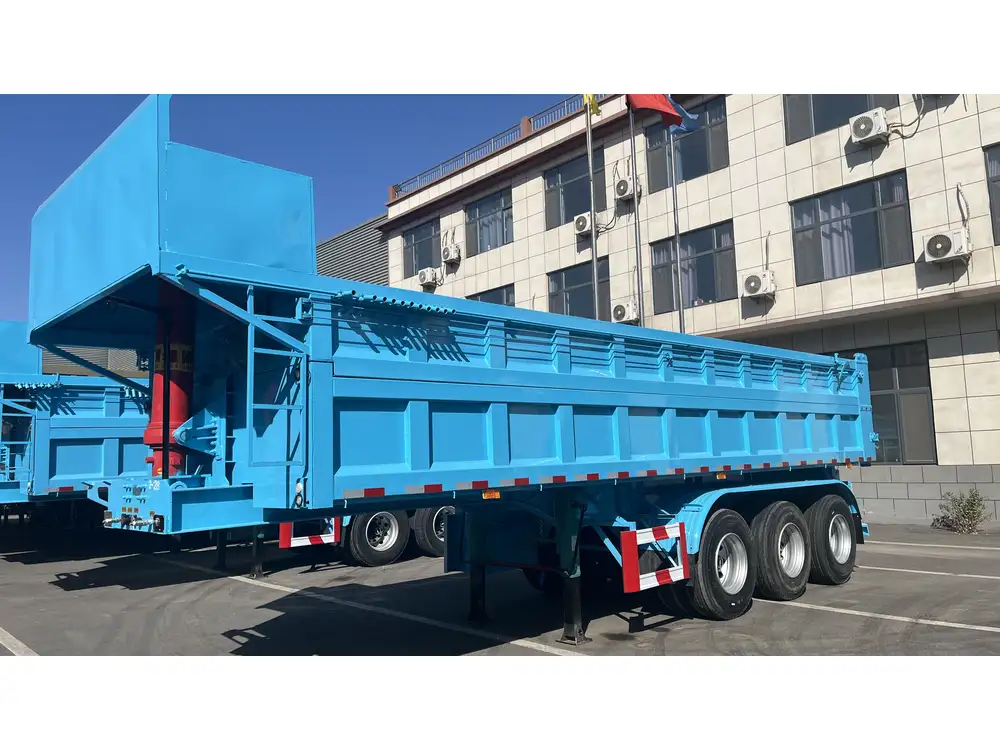
Step 5: Installing the Pump
- Position the pump for easy access and ensure it fits snugly.
- Attach hoses from the pump to water inlets and outlets.
Step 6: Safety Features Installation
- Install necessary braking systems and reflective safety markers.
- Consider adding safety chains and springs for added stability.
Step 7: Testing
Before putting your water tank trailer into full service, conduct a thorough test. Fill the tank with water and check:
- Any leaks in the system.
- Pump functionality and flow rates.
- Trailer stability during transportation.
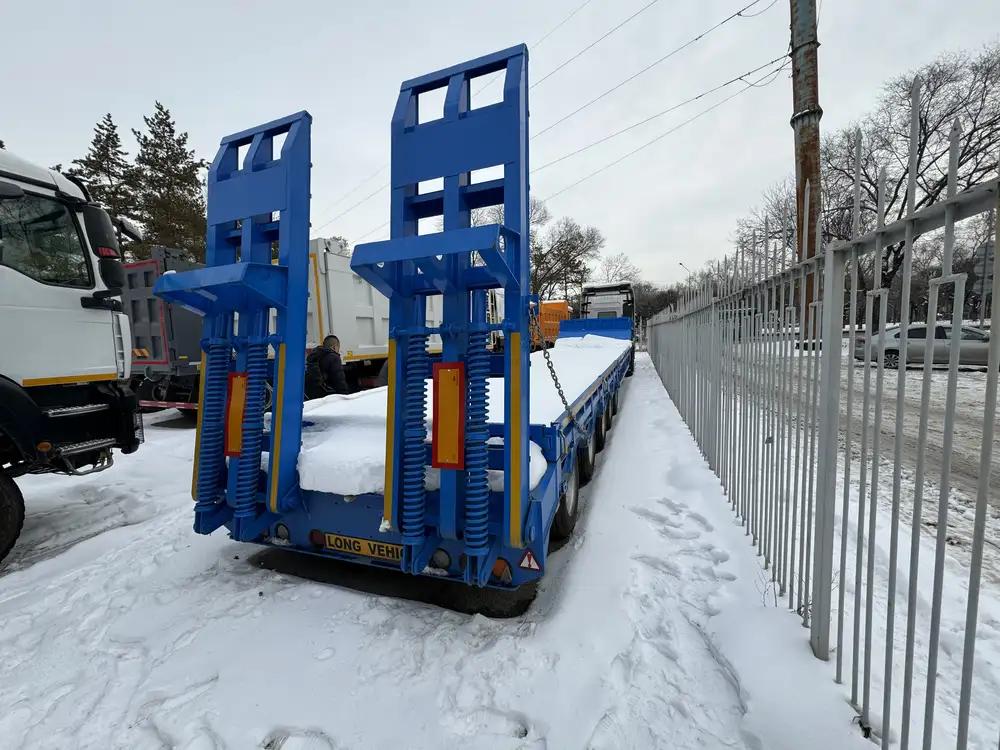
Advantages of a Custom Water Tank Trailer
1. Adaptability
Constructing a custom water tank trailer allows you to tailor the design to meet specific needs. You can choose tank size, trailer dimensions, and features appropriate for your tasks.
2. Cost-Effective
Building your trailer can be more economical than purchasing pre-built models, particularly if you already possess some of the necessary tools and skills.
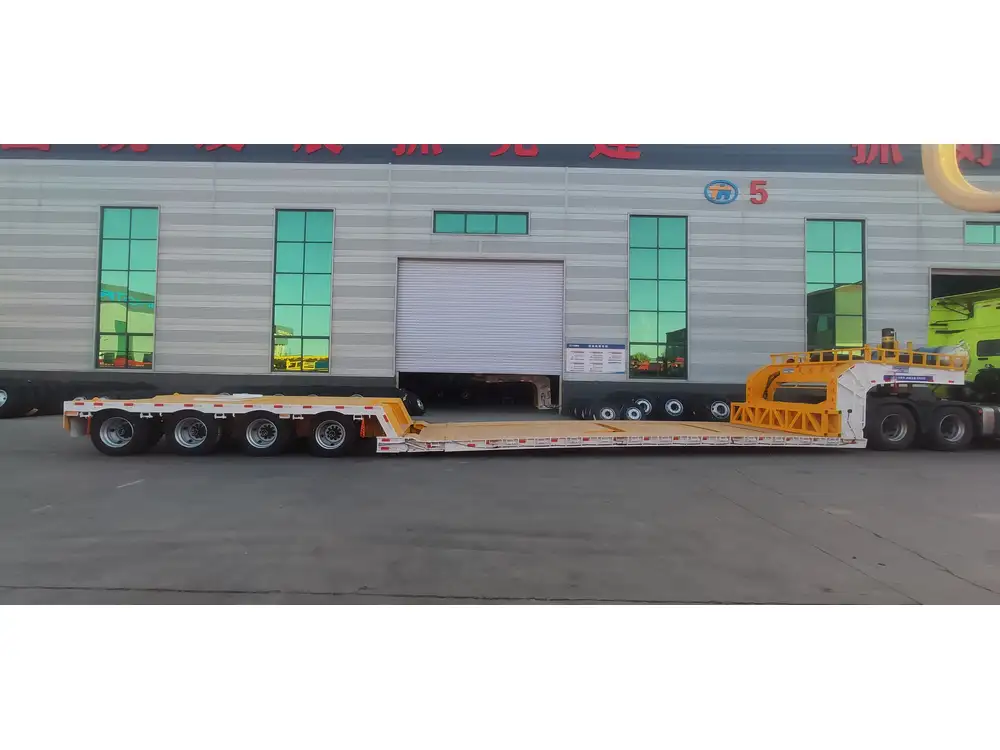
3. Quality Control
By using high-quality materials and precise manufacturing techniques, you can ensure the durability and longevity of your trailer.
4. Enhanced Features
You can incorporate additional features based on requirements—manual or automatic pump systems, better storage solutions, or integrated filtration systems.
Best Practices for Maintenance and Care
Maintaining your water tank trailer is essential to ensure its longevity and efficiency. Here are a few vital practices:

Routine Inspections
Conduct periodic checks on:
- The integrity of the trailer frame.
- Condition of hoses and fittings.
- Operation of the pump system.
Tank Maintenance
Regularly inspect the water tank for debris or algae buildup. Consider periodic cleaning with specialized solutions to prolong the tank’s life.
Winter Preparations
In colder climates, proper winterization is crucial. Ensure that the system is drained to prevent damage caused by freezing conditions.
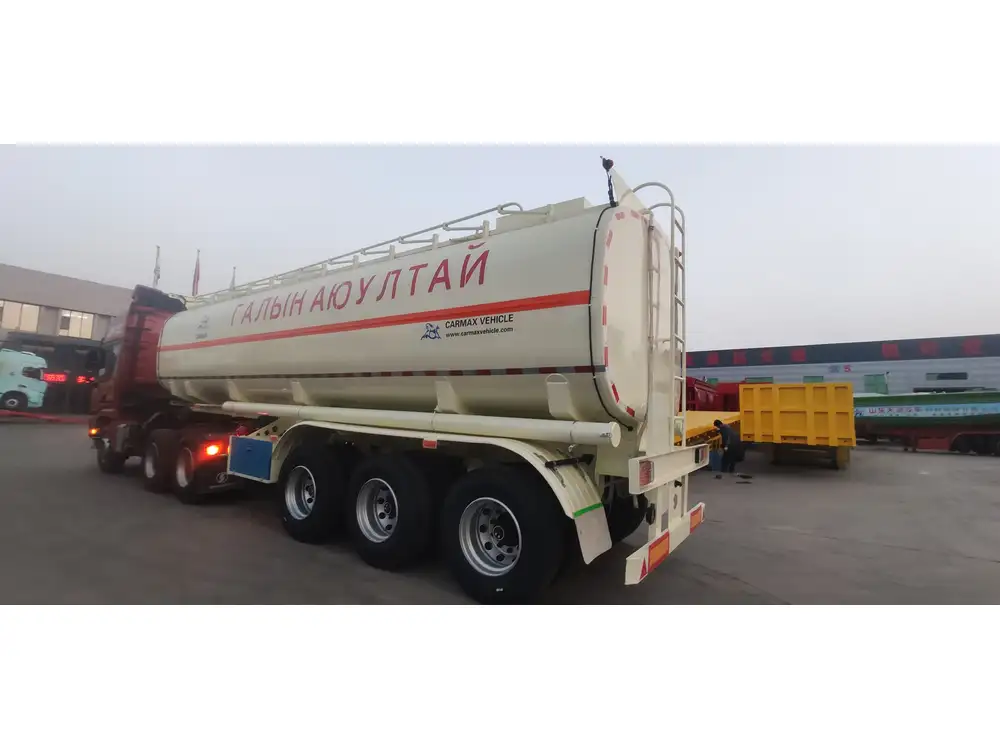
Proper Weight Management
Always adhere to weight limits specified for your trailer. Overloading can lead to premature wear and safety hazards.
Documentation
Keep a detailed log of maintenance actions and modifications. This documentation can aid in troubleshooting and provide valuable information for future projects.
Conclusion
Constructing a water tank trailer provides numerous recreational and practical benefits for various industries. With careful planning, the right materials, and essential knowledge of functional features, you can create a trailer tailored to your specific needs. Through adherence to best practices for construction and maintenance, you can ensure that your investment serves you efficiently year after year.
This guide encapsulates vital steps from planning to execution and maintenance, paving the way for your successful water tank trailer project. Whether for commercial or personal use, the satisfaction of building a functional, durable, and adaptable water transport solution is profound and rewarding.



